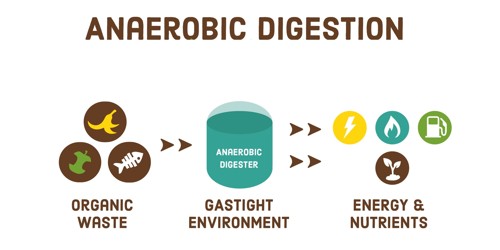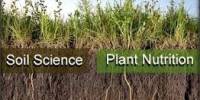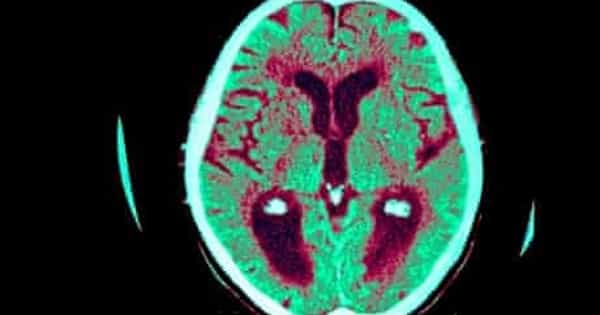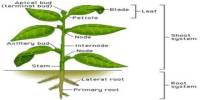Anaerobic digestion is the way microorganisms break down organic matter without oxygen. It is a well-established technology for stabilization and conversion of various organic wastes into bioenergy. This process can happen naturally, but it is called anaerobic digestion only if it is supported and contained. It is a microbial process in which microorganisms break down biodegradable material in an oxygen-free environment to produce a solid digestate along with biogas. The biogas that is generated is made mostly of methane, the primary component of natural gas. It is widely used as a source of renewable energy. The process reduces the amount of material and produces biogas, which can be used as an energy source. This biogas can be used directly as fuel, in combined heat and power gas engines or upgraded to natural gas-quality biomethane.
The anaerobic digestion of food waste has many benefits, including:
- Climate Change Mitigation – Food waste in landfills generates methane, a potent greenhouse gas.
- Economic Benefits – Wastewater treatment facilities can expect to see cost savings from incorporating food waste into anaerobic digesters.
- Diversion Opportunities – Most municipalities are investing in ways to divert materials from landfills. This is usually due to reduced landfill space and/or recycling goals.
The following materials are generally considered “organic.” These materials can be processed in a digester: Animal manures; Food scraps; Fats, oils, and greases; Industrial organic residuals; and Sewage sludge (biosolids).

An anaerobic digester is an industrial system that supports these natural processes to treat waste, produce biogas that can be used to power electricity generators, provide heat and produce soil-improving material. It is a series of biological processes in which microorganisms break down biodegradable material in the absence of oxygen. It provides the vehicle to manage the anaerobic digestion process to maximize biogas production and stabilize slurry. It is used as part of the process to treat biodegradable waste and sewage sludge. This technology is commonly used throughout the United States to break down sewage sludge at wastewater treatment facilities.
















